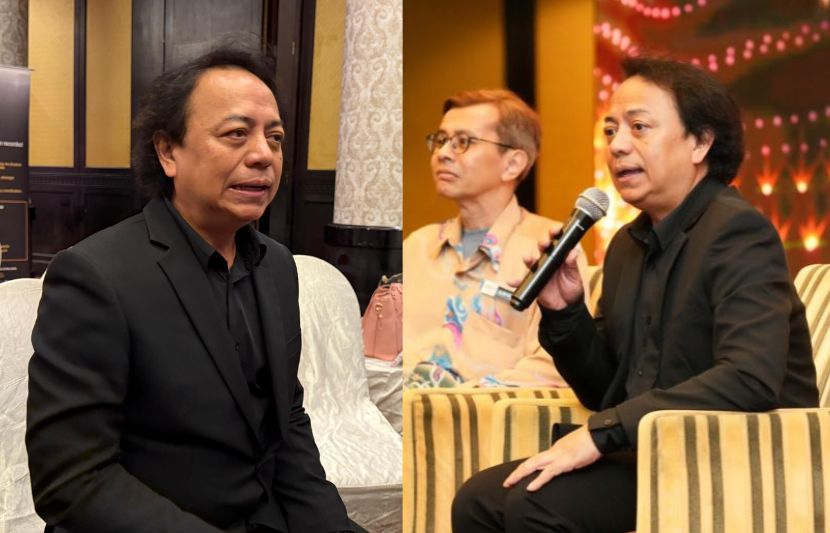Whenfiling a claim against a debtor, there are time-consuming procedures to be followed before the court can arrive at a decision.
WHEN a debt is not paid, the person owed the money would usually adopt friendly and persuasive methods to get his money back. However, such efforts may not always produce the desired results.
In such a situation, the person would then resort to the court. A reader who is owed RM75,000 has done just that by filing an action in the Sessions Court. However, he cannot understand the wait since he is in a position to produce all the relevant documents.
Our reader needs to know that when a claim is made through filing of an action in court, it is not a matter of just showing the court the supporting documents. In such proceedings, the creditor becomes the plaintiff and the debtor the defendant. There are procedures to be complied with.
In the context of recovery of a debt, an action is commenced by preparing a summons and statement of claim. A summons is a document issued by the court requiring the defendant to turn up in court to respond to the claim made against him.
The statement of claim will set out the essential facts on which the claim is premised. It will also be accompanied by an appearance to allow the defendant to indicate to the plaintiff whether he admits or disputes the claim.
Issue of summons
An individual can act on his own in preparing and filing a summons and statement of claim. However, a corporate body, unless specifically provided, must appoint a solicitor for the purpose.
A summons once filed is valid for a period of 12 months beginning from the date of issue. However, an application can be made to the court to extend it. There is no statutory restriction on the number of extensions; it is left to the discretion of the court.
Once issued, the summons must be served on the defendant. At the time that the summons is issued, it will have on it a date which is referred to as a return date or mention date. The purpose of the return date is for the defendant to indicate whether the claim is denied or admitted.
However, this can only take place if the defendant is aware of the summons against him. Once the summons is served, the defendant is obliged to attend, otherwise a default order may be made.
However, if the summons and statement of claim have not been served, the question of making a default order does not arise. The court will then merely give another mention date to allow service to be effected. This is sometimes the cause of delay.
Once the summons and statement of claim have been served on the defendant, the matter can proceed to the next stage. This is subject to the required number of days having passed between the date when the summons is served and the next mention date.
The defendant has the option of appearing in court himself or be represented by an advocate and solicitor, and he needs to file a memorandum of appearance. If he is not personally present or represented, the court will enter judgment in default of appearance.
The next step is for the defendant to file a statement of defence, either before the date of mention or within such extended time as is allowed by the rules and the court. If the statement of defence is not filed, the plaintiff could apply to enter judgment in default of defence.
This sets the stage for a contest with regard to the claim made. The statement of defence will disclose whether the entire claim is being challenged or only a part of it.
Summary disposal
There are situations where the defendant has no defence to the claim or a part of it. In this case, an application for summary judgment may be made by the plaintiff. If such an application is successful, judgment will be entered for the plaintiff for the entire sum. The matter would then come to an end, at least in the Sessions Court. Or it may be that the summary judgment is for only part of the claim.
The defendant may take the view that the claim is frivolous and entirely devoid of merit. In such a case, it is the defendant who may apply to strike out the claim.
Where there is no application for summary judgment or judgment is entered for a part of the amount claimed, with the remaining part to be tried or a striking out application fails, the next step will be for the matter to proceed for trial.
The current practice is not to immediately fix a date for the trial but for directions to be given. These would require the filing of a statement of agreed facts, a statement of non-agreed facts, a statement of issues to be tried, and an agreed bundle and non-agreed bundle of documents.
It is also becoming a practice to require witness statements to be prepared to be used at the trial. However, there is no strict or single rule as to how and when this is to be done. The judge will usually give directions for the purpose.
Interlocutory application
In the interim period, there are various applications that could be made by one party or the other to strengthen its position or weaken the other party’s position.
Otherwise one party may seek particulars of the claim or defence from the other. On other occasions, specific information may be sought through interrogatories. Yet in other cases, steps may be taken to get the other side to disclose documents.
Where the plaintiff is a foreigner, the defendant could apply to the court to have the plaintiff provide security for costs. This is because if the plaintiff fails in his claim, the defendant will not have the trouble of looking for the plaintiff in the foreign country to recover costs. Otherwise the matter will proceed to trial. This is when witnesses will give evidence and refer to the document which has been earlier filed or tendered at the trial itself.
It is quite common for a trial to start on the stated day and continue on another day, which often is not the next day, unless the matter has been schedule for continuous hearing over a number of days. At the end, a decision will be made.



































